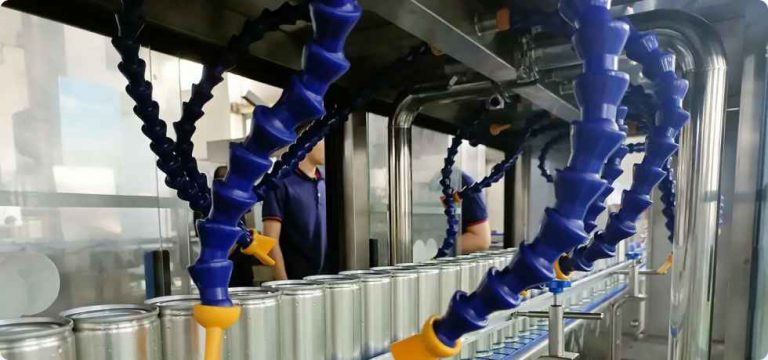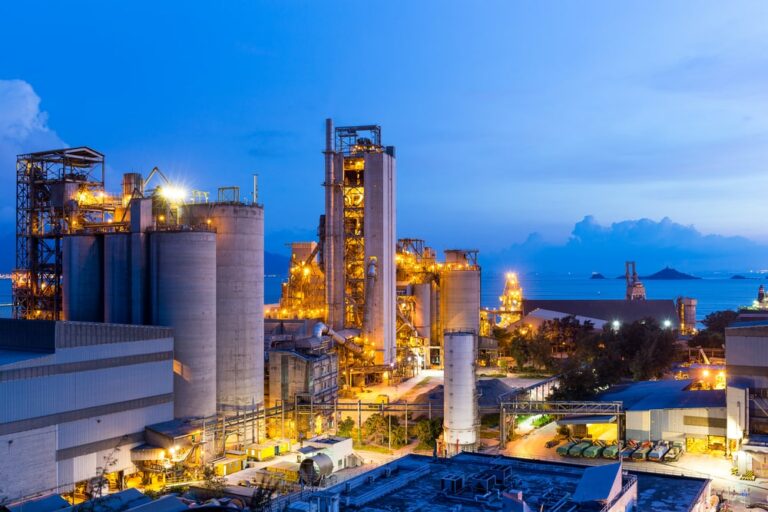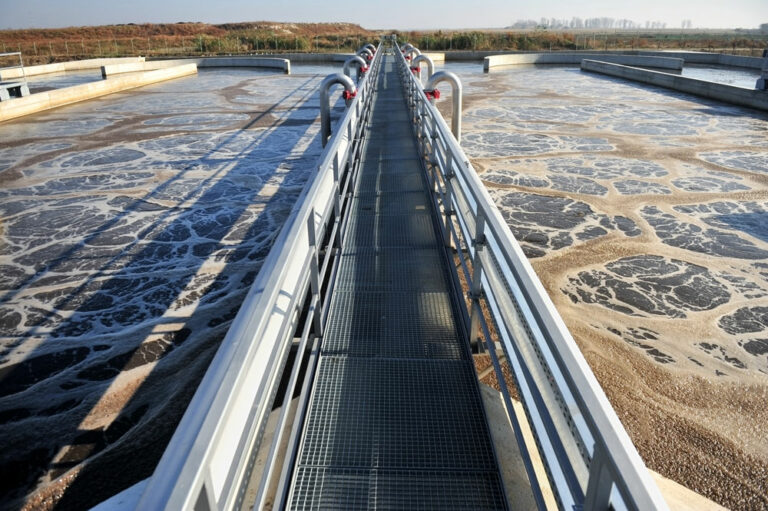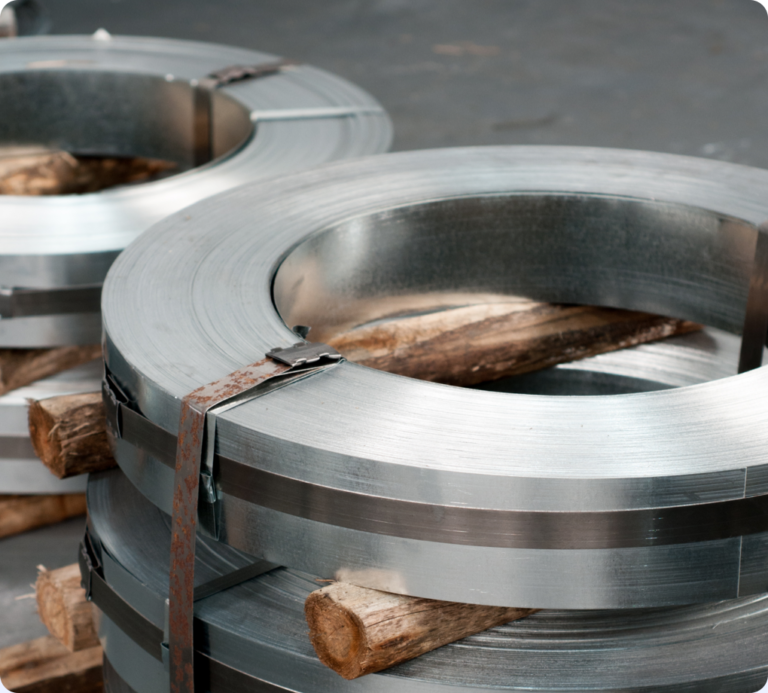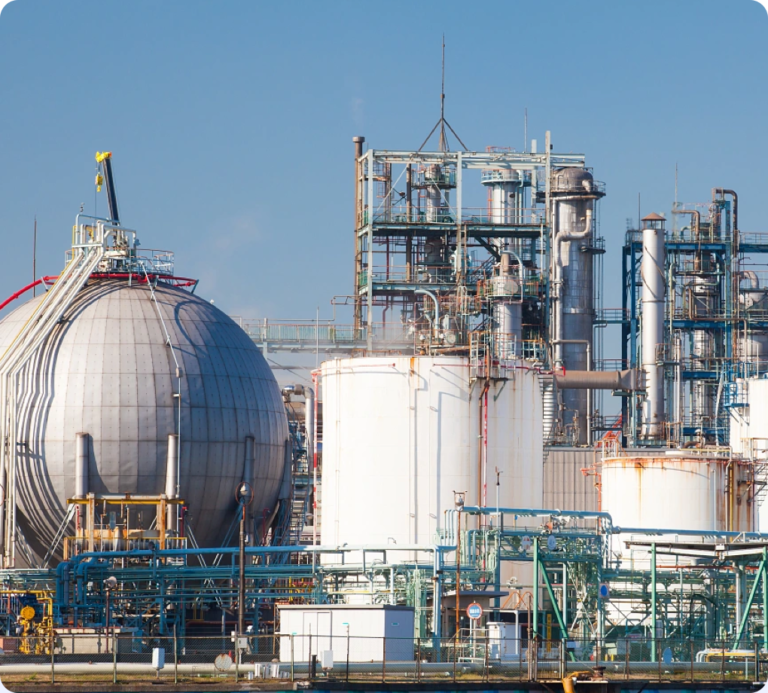RAETTS is a professional air blower manufacturer,turbo mini blower,turbo blower for cement industry,industrial aeration blowers,Municipal Wastewater Treatment blower manufacturer.RAETTS has set up a number of subsidiaries in Beijing, Tianjin, Jiangsu, Sichuan, Guangxi and other provinces and cities to provide high-quality and convenient services to customers nationwide; in addition, RAETTS customers have spread to Thailand, Malaysia ,Slovenia,Angola,Belize,Papua New Guinea,Ghana,Jan Mayen,Burkina Faso,Iran,and many other countries.
RAETTS suspension blower has been recognized by the Ministry of Industry and Information Technology as an “Energy Efficiency Star” equipment product, and has been selected for the national energy-saving technology and equipment recommendation catalog. Global customer feedback shows that the energy saving rate of RAETTS blower and compressor is more than 30% compared to traditional blower and compressor and more than 5% compared to the same type of blower and compressor.
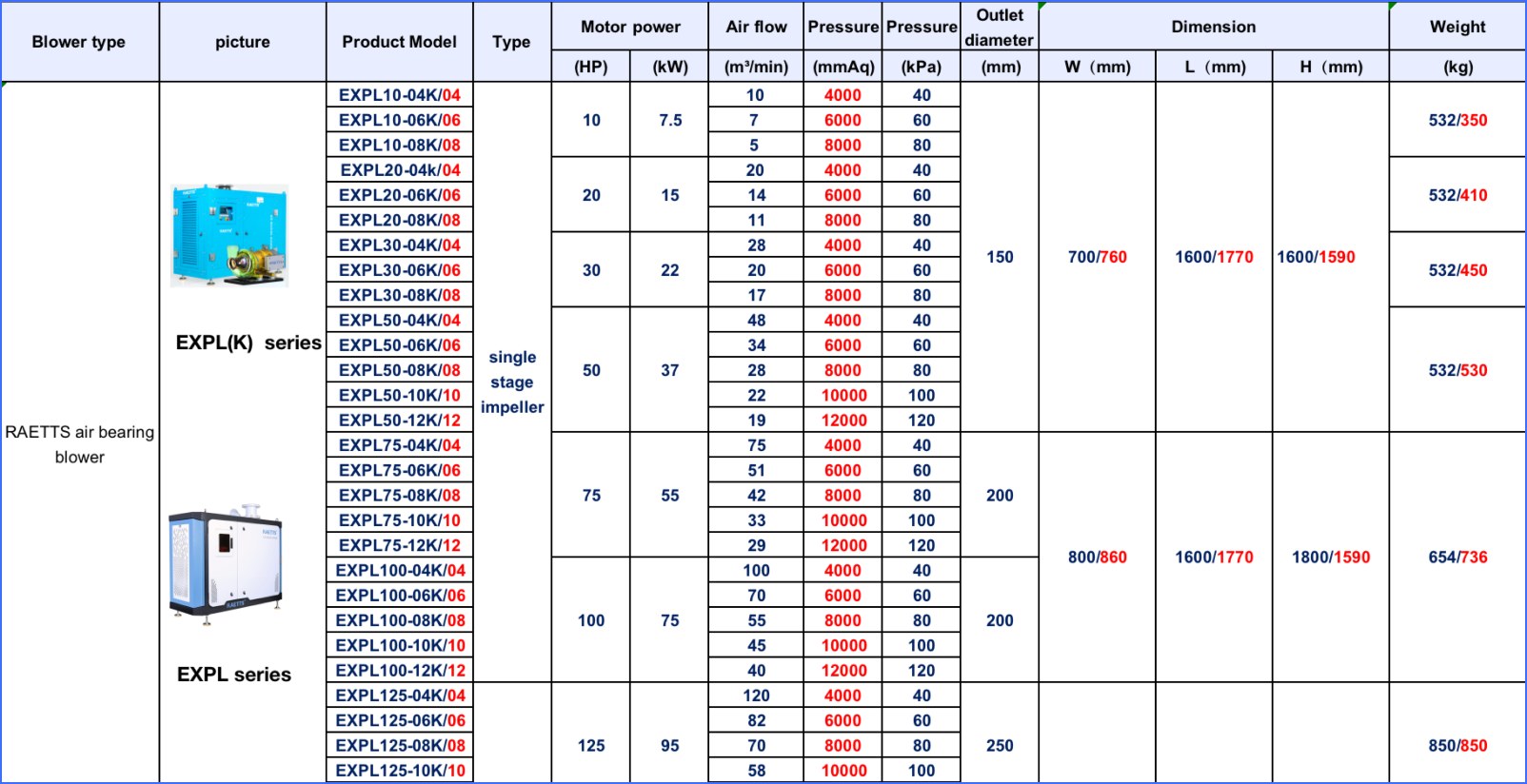
| Product name | compressor and blower used for cement industry |
| Keyword | air blower manufacturer,turbo mini blower,turbo blower for cement industry,industrial aeration blowers,Municipal Wastewater Treatment blower |
| Place of Origin | China |
| Feature | RAETTS air bearing turbo blower is a brand-new concept blower, which integrates the main core technologies such as “air suspension bearing”, “permanent magnet ultra-high-speed motor”, “high-precision aviation-grade impeller”, and creates a new era of ultra-high efficiency ,low noise and low energy consumption. |
| Dimensions | 721mm*780mm*827mm, (Contact us for specific information to confirm) |
| Applicable Industries | cement, chemical, etc. |
| Weight | 302kg |
| delivery date | the common delivery time will be 30-40 days. |
| terms of paymen | RAETTS accept payment by T/T(30% advance payment,70% before shipment) |
| Life span | 11 years (Contact us for specific information to confirm) |
| After-sale service | RAETTS warranty time for air bearing blower and maglev turbo blower is 24months,for high speed centrifugal blower is 12 months. |
| Advantage | We keep good quality and competitive price to ensure our customers benefit |
| Packing | 894x883x803mm(Contact us for specific information to confirm) |
| OEM/ODM | Customization Service Provided |
| Sales country | All over the world for example:Slovenia,Angola,Belize,Papua New Guinea,Ghana,Jan Mayen,Burkina Faso,Iran |
| MOQ | 9pcs(Contact us for specific information to confirm) |
| production capacity | production capacity RAETTS production quantity for air bearing blower and maglev turbo blower is about 200pcs/month,for high speed centrifugal blower is about 700pcs/month. |
| raw materials | RAETTS air blower impeller in made of aluminum alloy,enclosure material is carbon steel,rotor material is cast iron.If customers need other special materials,we can also customized according to customers requirements |
| technology | RAETTS air bearing blower technology is originated from South Korea and maglev turbo blower technology is originated from Germany.RAETTS also have R&D team from Xi’an Jiaotong University |
| quality system | RAETTS has quality management system certificate ISO9001:2015 and enviromental management system certificate ISO14001:2015 |

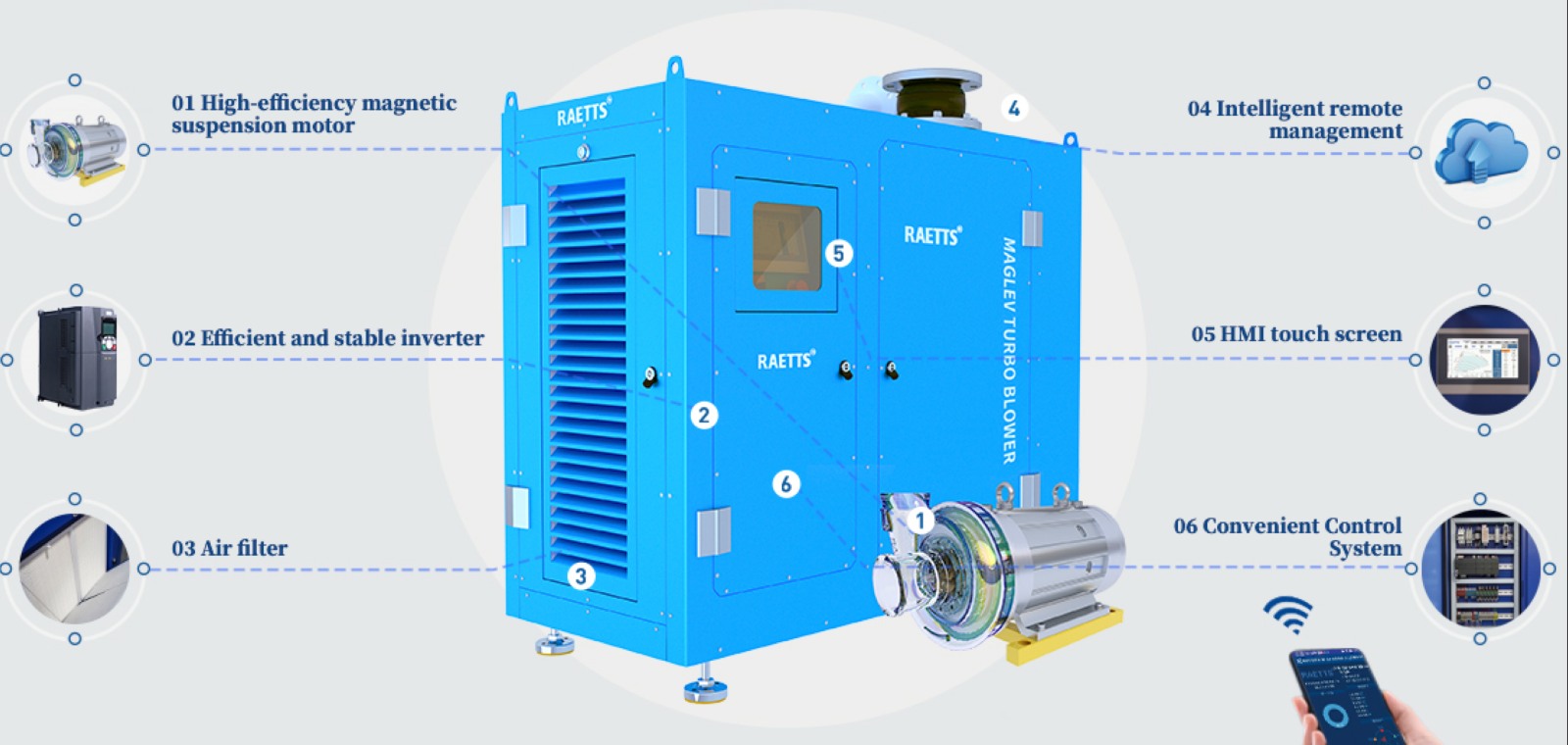
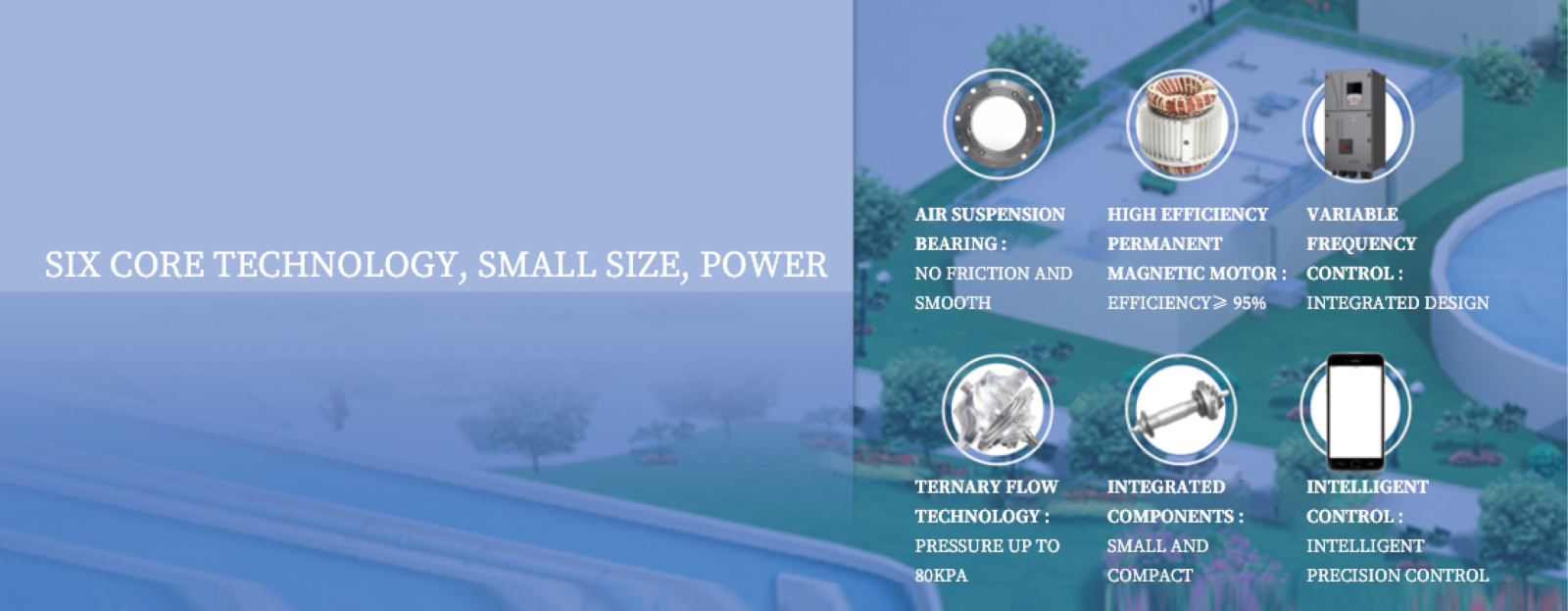
compressor and blower used for cement industry services FAQs Guide
Are you looking for a quick review guide about compressor and blower used for cement industryservices?
An ultimate FAQ buying guide is available to help you.This guide contains all the information about all the important facts, figures, and various processes regarding compressor and blower used for cement industry services.
Let’s continue!
2.About compressor and blower used for cement industry patent
3.How does an compressor and blower used for cement industry work?
4.What Noise Levels Can I Expect from a Turbo Blower?
5.About compressor and blower used for cement industry MOQ
6.What Type of Filter is Recommended for Use with a Turbo Blower?
7.How Does a Turbo Blower Compare to Traditional Centrifugal Blowers?
8.Are There Customizable Options Available for Turbo Blowers?
9.What Maintenance is Required for a Turbo Blower?
10.About compressor and blower used for cement industry production capacity
11.Is a Turbo Blower Easy to Install and Integrate into My System?
12.What Types of Materials Can a Turbo Blower Handle?
13.How Does a Turbo Blower Ensure Oil-Free Operation?
14.How Does a Turbo Blower Affected by Changes in Ambient Temperature?
15.What Measures are in Place for Protecting Against Overloading a Turbo Blower?
1.How Does a Variable Speed Drive Affect a Turbo Blower’s Performance?
We focus on innovation and continuous improvement to maintain a competitive advantage.
A variable speed drive (VSD) can have a significant impact on a turbo blower’s performance. Here are some ways in which a VSD can affect a turbo blower:
1. Energy Efficiency: One of the main benefits of using a VSD with a turbo blower is improved energy efficiency. By adjusting the speed of the blower to match the required air flow, a VSD can reduce the amount of energy consumed by the blower. This is because the blower does not have to run at full speed all the time, which can result in significant energy savings.
2. Improved Control: A VSD allows for precise control over the speed of the blower, which in turn allows for better control over the air flow. This is especially useful in applications where the air flow requirements vary, as the blower can be adjusted to meet the changing demands.
3. Reduced Wear and Tear: Running a turbo blower at full speed all the time can put a lot of strain on the equipment, leading to increased wear and tear. By using a VSD, the blower can be operated at lower speeds when the demand is lower, reducing the strain on the equipment and extending its lifespan.
4. Noise Reduction: Turbo blowers can be quite noisy when running at full speed. By using a VSD to adjust the speed of the blower, the noise level can be reduced significantly. This is especially beneficial in applications where noise levels need to be kept to a minimum.
5. Improved Process Control: In some applications, the air flow requirements may need to be adjusted constantly to maintain a specific process condition. A VSD allows for precise control over the air flow, making it easier to maintain the desired process conditions.
In summary, a variable speed drive can have a positive impact on a turbo blower’s performance by improving energy efficiency, control, reducing wear and tear, noise levels, and improving process control. It is a valuable tool for optimizing the performance of a turbo blower in various applications.
2.About compressor and blower used for cement industry patent
RAETTS won 5 Patents for invention, 18 Patents for utility models,3 Design patents +2 software copyrights,Dozens of patents under application,and formulated 1 Industrial standard and 2 Technical standards.
3.How does an compressor and blower used for cement industry work?
The main structure of the air blower is including motor,shaft,bearing and impeller.When the motor is running,it will drive the shaft to run,then shaft drive bearing to run,then bearing drive the impeller to run.After the impeller runs,it will generate a vacuum area surrounding the impeller and suck the surrounding air inside.Then the air will be compressed by the impeller and discharged outside.
4.What Noise Levels Can I Expect from a Turbo Blower?
We operate our compressor and blower used for cement industry business with integrity and honesty.
The noise levels of a turbo blower can vary depending on the specific model and manufacturer. However, on average, a turbo blower can produce noise levels between 70-90 decibels (dB) at a distance of 3 feet. This is comparable to the noise level of a vacuum cleaner or a busy street. Some newer models of turbo blowers may have noise levels as low as 60 dB, which is similar to the noise level of a normal conversation. It is important to note that the noise level can also be affected by the installation location and any additional soundproofing measures that may be in place.
5.About compressor and blower used for cement industry MOQ
Normally our MOQ for air blower is 1 set
6.What Type of Filter is Recommended for Use with a Turbo Blower?
We are centered on customers and always pay attention to customers’ needs for compressor and blower used for cement industry products.
A high-efficiency particulate air (HEPA) filter is recommended for use with a turbo blower. This type of filter is designed to capture small particles and contaminants, making it ideal for use with a turbo blower which can generate high air flow rates. HEPA filters are also commonly used in industrial and medical settings where clean air is crucial.
7.How Does a Turbo Blower Compare to Traditional Centrifugal Blowers?
We pay attention to the introduction and training of talents, scientifically regulate the management system, and focus on cultural construction and team cohesion.
A turbo blower is a type of centrifugal blower that uses a high-speed impeller to generate air flow. It differs from traditional centrifugal blowers in several ways:
1. Design: Turbo blowers have a more compact and streamlined design compared to traditional centrifugal blowers. This is because they use a single-stage impeller, which eliminates the need for multiple stages and reduces the overall size of the blower.
2. Speed: Turbo blowers operate at much higher speeds than traditional centrifugal blowers. While traditional blowers typically operate at speeds of 3,600 RPM or lower, turbo blowers can reach speeds of up to 30,000 RPM. This allows them to generate higher air flow rates and pressures.
3. Efficiency: Due to their high speeds, turbo blowers are more efficient than traditional centrifugal blowers. They require less energy to operate and can achieve higher air flow rates with the same power input.
4. Maintenance: Turbo blowers have fewer moving parts compared to traditional centrifugal blowers, which means they require less maintenance and have a longer lifespan.
5. Noise: Turbo blowers are generally quieter than traditional centrifugal blowers due to their streamlined design and high-speed operation.
6. Control: Turbo blowers offer more precise control over air flow and pressure compared to traditional centrifugal blowers. This is because they can adjust their speed and impeller angle to meet specific process requirements.
Overall, turbo blowers offer several advantages over traditional centrifugal blowers, including higher efficiency, lower maintenance, and more precise control. However, they may also come at a higher initial cost. The choice between the two types of blowers will depend on the specific needs and requirements of the application.
8.Are There Customizable Options Available for Turbo Blowers?
Being one of the top compressor and blower used for cement industry manufacturers in China, We attach great importance to this detail.
Yes, there are customizable options available for turbo blowers. Some of the common customizable options include:
1. Motor Size: The motor size can be customized to meet specific power requirements and operating conditions.
2. Impeller Size and Design: The impeller size and design can be customized to achieve the desired flow rate and pressure.
3. Material of Construction: The material of construction can be customized to suit the application and environment. For example, stainless steel or corrosion-resistant coatings can be used for applications in corrosive environments.
4. Inlet and Outlet Configurations: The inlet and outlet configurations can be customized to fit the existing piping system or to optimize the flow pattern.
5. Control System: The control system can be customized to include features such as variable speed drives, remote monitoring, and automation.
6. Sound Attenuation: Sound attenuation options can be added to reduce the noise level of the turbo blower.
7. Mounting Options: The mounting options can be customized to fit the available space and installation requirements.
8. Accessories: Various accessories such as filters, silencers, and dampers can be added to the turbo blower to enhance its performance and efficiency.
It is important to consult with the manufacturer or supplier to discuss the specific customization options available for a particular turbo blower model.
9.What Maintenance is Required for a Turbo Blower?
We continue to invest in research and development and continue to launch innovative products.
1. Regular Cleaning: The most important maintenance task for a turbo blower is regular cleaning. This includes removing any debris or buildup from the blower blades, housing, and inlet and outlet ports. This can be done using compressed air or a soft brush.
2. Lubrication: The bearings and gears of a turbo blower require regular lubrication to ensure smooth operation and prevent wear and tear. It is important to follow the manufacturer’s recommendations for the type and frequency of lubrication.
3. Inspection of Belts and Couplings: The belts and couplings of a turbo blower should be inspected regularly for wear and tear. Any signs of damage or wear should be addressed immediately to prevent further damage to the blower.
4. Check for Air Leaks: Air leaks can significantly reduce the efficiency of a turbo blower. Regularly check for any leaks in the blower system and repair them promptly.
5. Monitor Vibration Levels: Excessive vibration can indicate a problem with the blower, such as misalignment or worn bearings. Regularly monitor vibration levels and address any issues promptly to prevent further damage.
6. Check for Overheating: Overheating can damage the components of a turbo blower. Regularly check the temperature of the blower and address any overheating issues immediately.
7. Replace Worn Parts: Over time, the blades, bearings, and other components of a turbo blower may wear out and need to be replaced. It is important to regularly inspect these parts and replace them as needed to maintain the blower’s efficiency.
8. Follow Manufacturer’s Maintenance Schedule: It is important to follow the manufacturer’s recommended maintenance schedule for your specific turbo blower model. This will ensure that all necessary maintenance tasks are performed at the appropriate intervals.
9. Keep a Maintenance Log: Keeping a detailed maintenance log can help track the performance of the turbo blower and identify any recurring issues. This can also help with scheduling and planning for future maintenance tasks.
10. Consult a Professional: If you are unsure about any maintenance tasks or notice any unusual issues with your turbo blower, it is best to consult a professional for assistance. They can provide expert advice and ensure that the blower is properly maintained.
10.About compressor and blower used for cement industry production capacity
RAETTS production quantity for air bearing blower and maglev turbo blower is about 200pcs/month,for high speed centrifugal blower is about 700pcs/month.
11.Is a Turbo Blower Easy to Install and Integrate into My System?
We continuously upgrade our skills and knowledge to adapt to changing compressor and blower used for cement industry market needs.
Yes, a turbo blower is relatively easy to install and integrate into a system. It typically comes with a mounting base or bracket that can be easily attached to a flat surface. The blower also has inlet and outlet connections that can be easily connected to the existing piping system. In addition, most turbo blowers come with a control panel that can be easily integrated into the system’s control system. However, it is important to consult the manufacturer’s installation instructions and guidelines to ensure proper installation and integration.
12.What Types of Materials Can a Turbo Blower Handle?
We focus on teamwork and communication to achieve common goals, We attach great importance to this detail.
Turbo blowers are versatile machines that can handle a wide range of materials. Some of the most common materials that can be handled by a turbo blower include:
1. Air and gases: Turbo blowers are primarily used for moving air and gases in various industrial processes. They can handle a wide range of gases, including air, nitrogen, oxygen, and other inert gases.
2. Liquids: Turbo blowers can also handle liquids, such as water, oil, and other fluids. They are commonly used in wastewater treatment plants to aerate and mix liquids.
3. Solids: Turbo blowers can handle solid materials in the form of dust, powders, and granules. They are often used in pneumatic conveying systems to transport solid materials in industries such as food processing, pharmaceuticals, and chemical manufacturing.
4. Vapors: Turbo blowers can handle vapors and fumes from various industrial processes. They are commonly used in ventilation systems to remove harmful vapors and maintain a safe working environment.
5. Particulates: Turbo blowers can handle particulate matter, such as dust, dirt, and debris. They are often used in industrial cleaning applications to remove debris and maintain a clean working environment.
6. Fibrous materials: Turbo blowers can handle fibrous materials, such as paper, textiles, and wood fibers. They are commonly used in paper mills and textile factories to move and process these materials.
7. Corrosive materials: Turbo blowers can handle corrosive materials, such as acids and chemicals. They are often made from corrosion-resistant materials to withstand exposure to these substances.
It is important to note that the specific materials a turbo blower can handle may vary depending on its design and construction. It is always best to consult the manufacturer or a technical expert to determine if a turbo blower is suitable for a specific material.
13.How Does a Turbo Blower Ensure Oil-Free Operation?
We pay attention to user experience and product quality, and provide the best product quality and lowest production cost for cooperative customers.
A turbo blower ensures oil-free operation through its design and construction, as well as through the use of specialized components and systems.
1. Oil-Free Design: Turbo blowers are designed to operate without the need for oil lubrication. This means that all the moving parts, such as the impeller and bearings, are designed to function without the use of oil. This eliminates the risk of oil contamination in the air stream.
2. Magnetic Bearings: Turbo blowers use magnetic bearings instead of traditional oil-lubricated bearings. These bearings use magnetic fields to levitate and support the rotating shaft, eliminating the need for oil lubrication. This also reduces friction and wear, resulting in longer service life and improved efficiency.
3. Air Cooling: Turbo blowers use air cooling instead of oil cooling. This means that the blower is cooled by the surrounding air, rather than by circulating oil. This eliminates the risk of oil leaks and contamination.
4. Sealed Enclosure: Turbo blowers are enclosed in a sealed housing, which prevents any oil from escaping into the air stream. This ensures that the air being delivered is completely oil-free.
5. Oil-Free Seals: The seals used in turbo blowers are specially designed to be oil-free. This prevents any oil from leaking into the air stream and ensures that the air being delivered is completely oil-free.
6. Oil-Free Filtration: Turbo blowers use specialized oil-free filtration systems to remove any oil or contaminants from the air stream. This ensures that the air being delivered is clean and oil-free.
Overall, the combination of these design features and specialized components ensures that a turbo blower operates without the need for oil lubrication, resulting in completely oil-free operation. This is essential for applications where oil contamination is not acceptable, such as in food and beverage production, pharmaceutical manufacturing, and electronics production.
14.How Does a Turbo Blower Affected by Changes in Ambient Temperature?
We attach importance to the innovation ability and team spirit of employees, have advanced R & D facilities and laboratories, and have a good quality management system.
A turbo blower is a type of centrifugal blower that uses a high-speed impeller to generate air flow. The performance of a turbo blower can be affected by changes in ambient temperature in several ways:
1. Air Density: The density of air decreases as the temperature increases. This means that the same volume of air at a higher temperature will have a lower mass compared to the same volume of air at a lower temperature. As a result, the air entering the turbo blower will have a lower mass, which can affect the blower’s performance.
2. Air Viscosity: The viscosity of air also decreases with an increase in temperature. This means that the air will be less resistant to flow, resulting in a decrease in pressure and flow rate. This can affect the efficiency of the turbo blower, as it may require more power to achieve the desired flow rate.
3. Bearing Temperature: The bearings of a turbo blower can be affected by changes in ambient temperature. If the temperature is too high, it can cause the bearings to overheat, leading to premature wear and failure. On the other hand, if the temperature is too low, the bearings may not reach their optimal operating temperature, resulting in reduced efficiency and increased wear.
4. Motor Performance: The motor that drives the turbo blower can also be affected by changes in ambient temperature. If the temperature is too high, it can cause the motor to overheat, leading to reduced performance and potential damage. Similarly, if the temperature is too low, the motor may not reach its optimal operating temperature, resulting in reduced efficiency and increased wear.
To mitigate the effects of ambient temperature on a turbo blower, it is important to properly size and select the blower for the specific operating conditions. This may include using a larger blower or incorporating a cooling system to maintain optimal operating temperatures. Regular maintenance and monitoring of the blower’s performance can also help identify any issues caused by changes in ambient temperature and address them promptly.
15.What Measures are in Place for Protecting Against Overloading a Turbo Blower?
We continue to improve compressor and blower used for cement industry products and processes to improve efficiency.
1. Design and Engineering: Turbo blowers are designed and engineered to withstand a certain amount of load and stress. The design includes factors such as material strength, bearing capacity, and rotor dynamics to ensure that the blower can handle the expected load without failure.
2. Load Monitoring: Most turbo blowers are equipped with load monitoring systems that continuously measure the load on the blower. This allows operators to keep track of the load and make adjustments if necessary to prevent overloading.
3. Safety Margins: Turbo blowers are designed with safety margins to account for unexpected increases in load. These safety margins provide a buffer to prevent overloading and protect the blower from damage.
4. Control Systems: Advanced control systems are used to regulate the speed and flow of the blower. These systems can adjust the blower’s output to match the required load, preventing overloading.
5. Vibration Monitoring: Vibration monitoring systems are used to detect any abnormal vibrations in the blower. Excessive vibrations can be an indication of overloading, and the system can automatically shut down the blower to prevent damage.
6. Temperature Monitoring: Turbo blowers generate a lot of heat, and excessive heat can be a sign of overloading. Temperature monitoring systems can detect any abnormal increases in temperature and shut down the blower to prevent damage.
7. Regular Maintenance: Regular maintenance and inspections are crucial for identifying any potential issues that could lead to overloading. This includes checking for wear and tear, lubrication levels, and any other signs of damage.
8. Training and Education: Proper training and education of operators is essential for preventing overloading. Operators should be familiar with the blower’s capabilities and know how to operate it within its limits to avoid overloading.
Tag:turbo centrifugal blower,blower for wastewater treatment,air blowers for pneumatic conveying,air blower for printing and dyeing wastewater,centrifugal blower for copper foil plant,oil-free air turbo blowers

